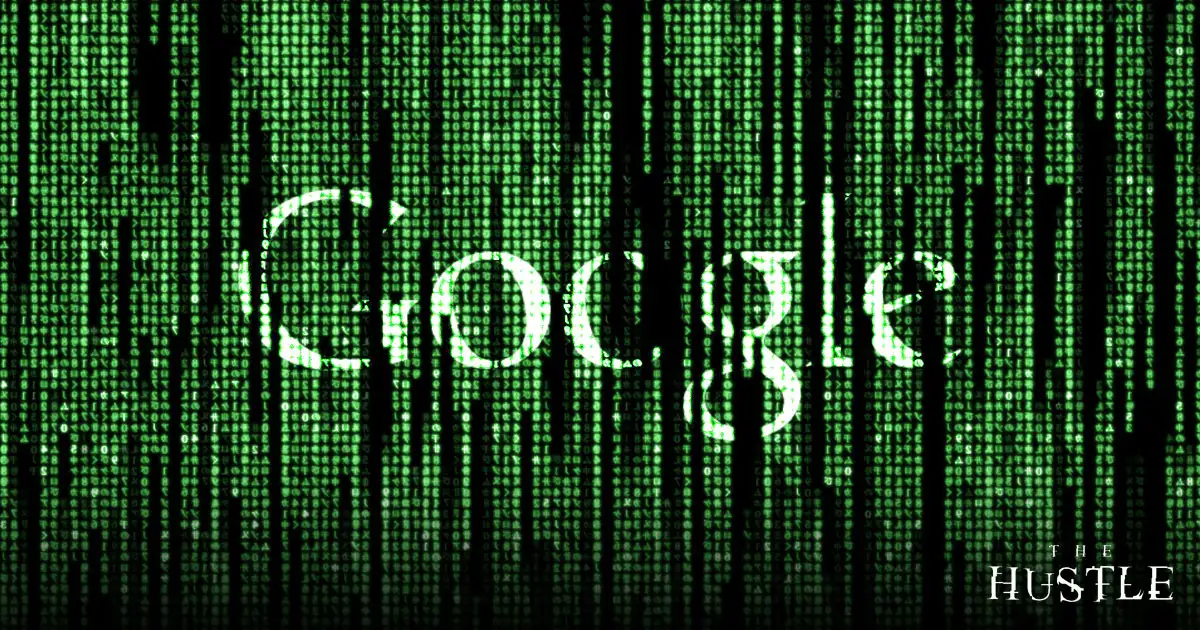Legacy media companies are dying. Fast.

If you need proof, other than the fact that TV ratings are down across the board and well known investors are predicting the end of cable in the next few years, Casey Neistat just gave you some.
On the Tim Ferriss Podcast, famed YouTuber Casey Neistat gave a perfect example of Vanity Fair: a once-popular media company failing to adapt.
“People look to YouTube not to find great, well-made films, but for relationships. That’s why when you look at Vanity Fair, they turn out this incredibly high production, star studded content, (but) nobody’s watching it. Nobody gives a shit.”Casey Neistat
So just how badly is Vanity Fair performing?
Here are stats from four videos they released six months ago:

Roughly 5,000 views over four videos. Not impressive.
While it’s tough to say exactly how much Vanity Fair spent per video, Neistat explained that in 2012 YouTube gave $200m to well-established media companies and a handful of celebrities like Julia Stiles, Dakota Fanning, Jennifer Garner and Shaq.
The result? $200m down the drain and very little success.
So how should old, clunky media companies adapt? Well, for one, according to Neistat, they should be authentic.
“The bullshit detectors of the audience are so highly refined that even the slightest bit of bullshit will cause the audience to reject you,” he said.
That’s the reason why YouTube stars attracting the biggest audiences are newcomers. They’re relatable and fun to watch.
They also have quantity, which is the only way to succeed in YouTube, according to Neistat. That means posting short, scrappy videos every day. High production value, storylines, or celebrity endorsements — none of that matters.

That’s why Neistat can use a $150 camera and still get 15 million views on his daily vlog. The videos aren’t always exciting, but they’re authentic and relatable.
And that’s also why a guy with a webcam and mediocre jokes who films himself playing video games every day has 40 million YouTube subscribers. It’s about authenticity.
So here’s the deal. Unless Vanity Fair, GQ, MTV, and the rest of the legacy media companies get their acts together, I predict that they’ll be gone within 10 years.











